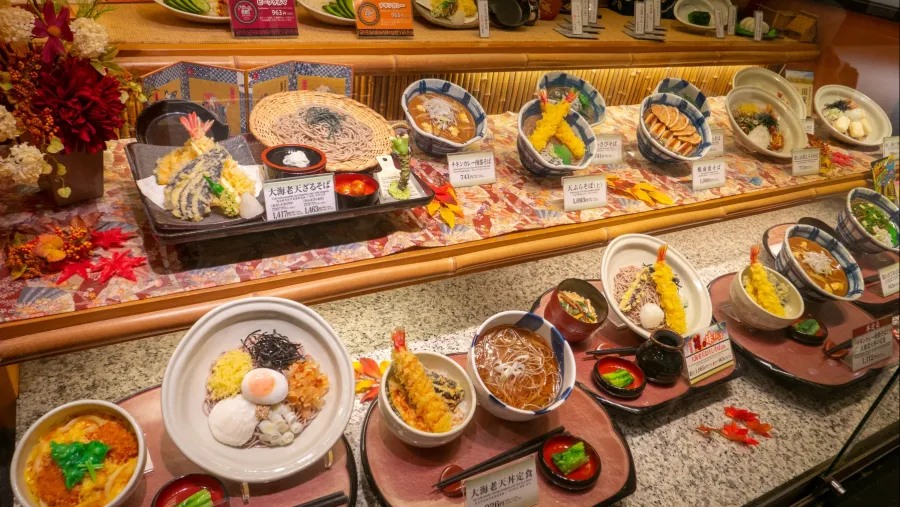
How hyper-realistic food replicas enhance Japan’s retail experience
These models are now a key part of Japan’s tourism, blending art, innovation, and culinary tradition.
Hyper-realistic food replicas are changing the way tourists experience Japanese cuisine, evolving from simple menu displays to immersive attractions, according to GlobalData.
Initially created to showcase restaurant menus, these models are now a key part of Japan’s tourism, blending art, innovation, and culinary tradition, the report noted.
“In the local parlance, these food models are called “sampuru” (translating to sample) and are made of wax, resin, or plastic, with an attention to detail such that they often appear identical to the dishes they represent,” Kakarlapudi Karthik Varma, consumer analyst at GlobalData, explained.
“More and more workshops, museums, and interactive experiences center around food replicas,” Francis Gabriel Godad, business development manager for India at GlobalData, added.
He said that Tokyo and Osaka now host workshops where visitors can learn to make these replicas, a craft that has taken years to perfect.
Social media, especially Instagram and TikTok, has further fuelled interest in food replicas. Tourists post pictures of the food models, whilst food enthusiasts and photographers use them as subjects for their work, sparking a wider conversation about food artistry in Japan.
“Even more so, some Japanese restaurants and food museums are now providing an interactive experience, where visitors can virtually “taste” the replica dishes or even partake in cooking sessions with these replicas in real time, all for the sake of illustrating the preparation and serving of traditional Japanese dishes,” said Varma.
Godad also said this growing trend reflects the shift in tourism towards more personalised and hands-on experiences, with workshops like ramen or sushi making providing deeper cultural engagement.
“Food replicas are more than just a device for showing the menu as they link traditional kinds of cooking to contemporary culture experience,” said Varma. “With many workshops, exhibits, and events opening across the country in 2025 and high expectations beyond that, this niche tourism market has a very bright future.”

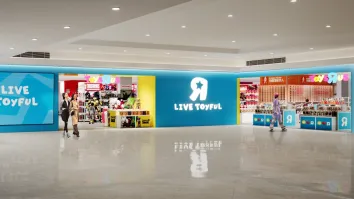
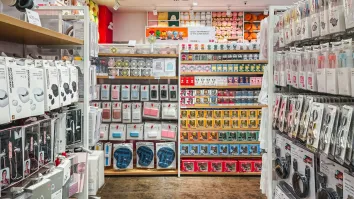
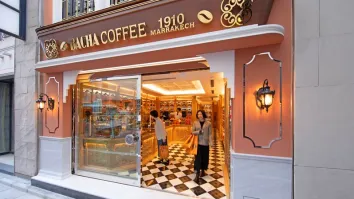
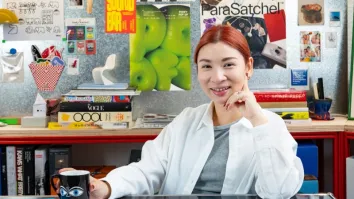


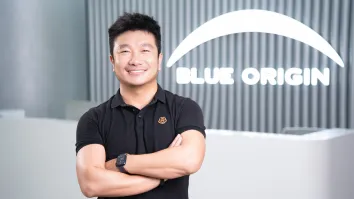
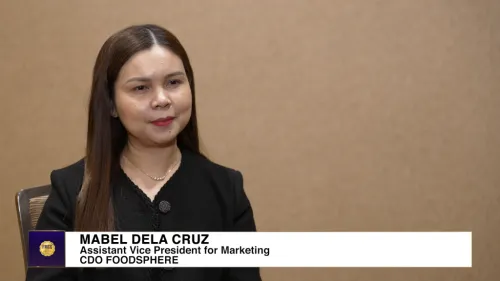
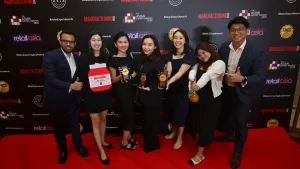
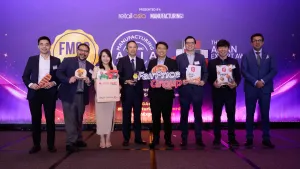



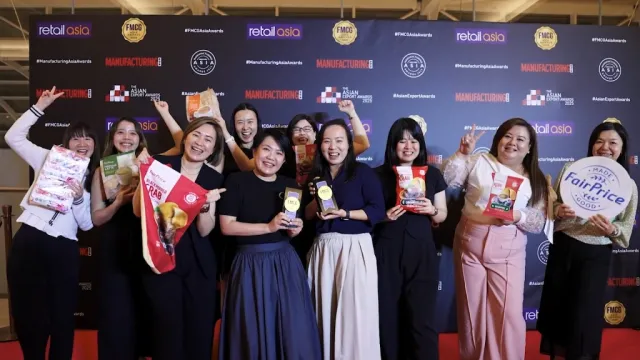


 Advertise
Advertise








